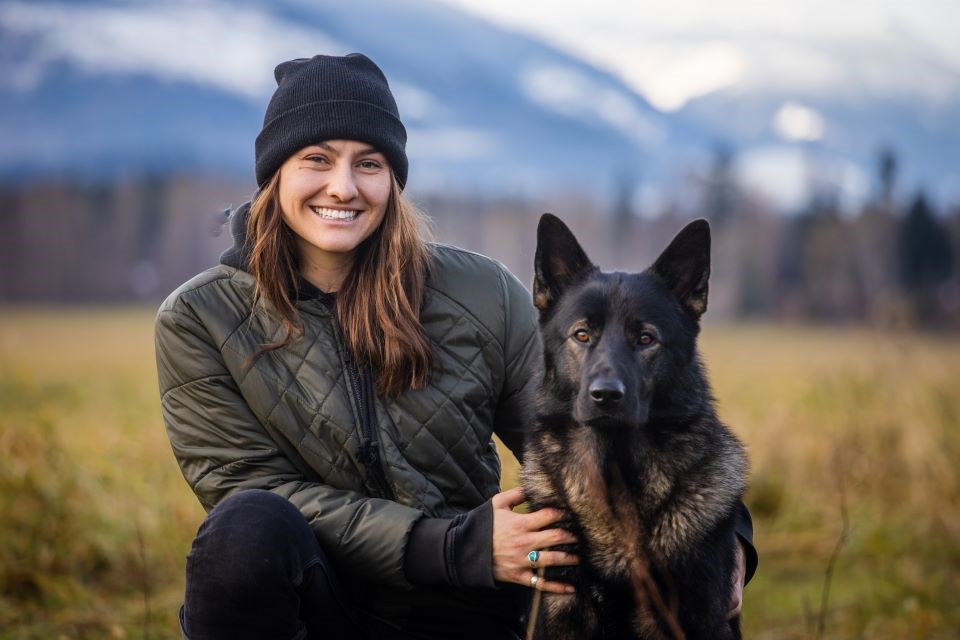“If only I had known…”
Celine Rytz with Backcountry Aid and Rescue Kit (BARK) has often heard these words from dog owners attending her pet first aid course.
She offered various dog safety tips, especially for those who go on hikes, camping trips or mountain bike rides with their pups.
“One of the biggest things I really tried to get on people’s radar is emergency response planning (ERP), just like we would with like an ERP at work, or if we’re on a backcountry trip with our friends, we have a plan that we’ve talked about and discussed ahead of time,” Rytz said.
“We’ve thought of the worst-case scenarios. We’ve thought of how we would adapt if things went wrong or if this happened and that happened and whatnot, and there’s not really that consideration for pets.”
Wildlife encounters are one of the biggest dangers for dogs, some notable examples including a coyote attacking a dog at the Jasper Airfield in December or a bear killing an off-leash dog last spring.
Rytz emphasized how owners should be cognizant of their surroundings when out in the backcountry with their dogs.
She noted how one area in Fernie has a large population of porcupines, with signs warning owners to keep their dogs on a leash.
Owners should also be aware of any dangers at a particular time of year, such as coyote mating season, elk rutting or bears coming out of hibernation.
“But as far as keeping our animals safe, leashing is a really important first step,” Rytz said.
“Your dog isn’t going to be able to get at a porcupine a few 100 yards away from you if they’re on a leash, and that does tend to be kind of a tricky one for people to adhere to or rule to follow.”
Rytz cited the saying, “An ounce of prevention is worth a pound of cure.”
If a wildlife encounter does occur, it is essential to have an action plan to ensure the safety of both the dog and the owner, and owners should be properly prepared, such as knowing how to deploy bear spray without spraying their dog.
Frostbite is another common safety concern, particularly for this time of year.
Dogs often get frostbite on areas of their body that are sparsely covered in fur, such as their paws, scrotum, tips of the ears and the tip of the tail.
Ski edge lacerations can occur if a dog is running too close to their owner when they are out skiing.
In the early spring, after their dogs have been inside all winter, people are often eager to go for their first big mountain bike ride of the season.
“They want to go on a big ride to tire the dogs out, and the dogs usually end up shredding the pods,” Rytz said.
“That’s another thing that we see early bike season, a lot of paw injuries, and they’ll just take forever to heal and can be super painful.”
In the summer, dogs are often susceptible to heatstroke, exhaustion and severe dehydration, particularly on days when temperatures are over 30 C.
Among other general tips, Rytz recommended that owners incorporate a heat-to-tail assessment on a regular basis and have an evacuation plan for their pets should a wildfire or other major emergency occur.
Rytz will be teaching a pet first aid course in Valemount, B.C. on March 9.
The course is an animal equivalent to a human Level-1 first aid course, covering the basics for wound management, preventative care, lifesaving interventions (CPR, artificial respirations, choking) and medical conditions.




